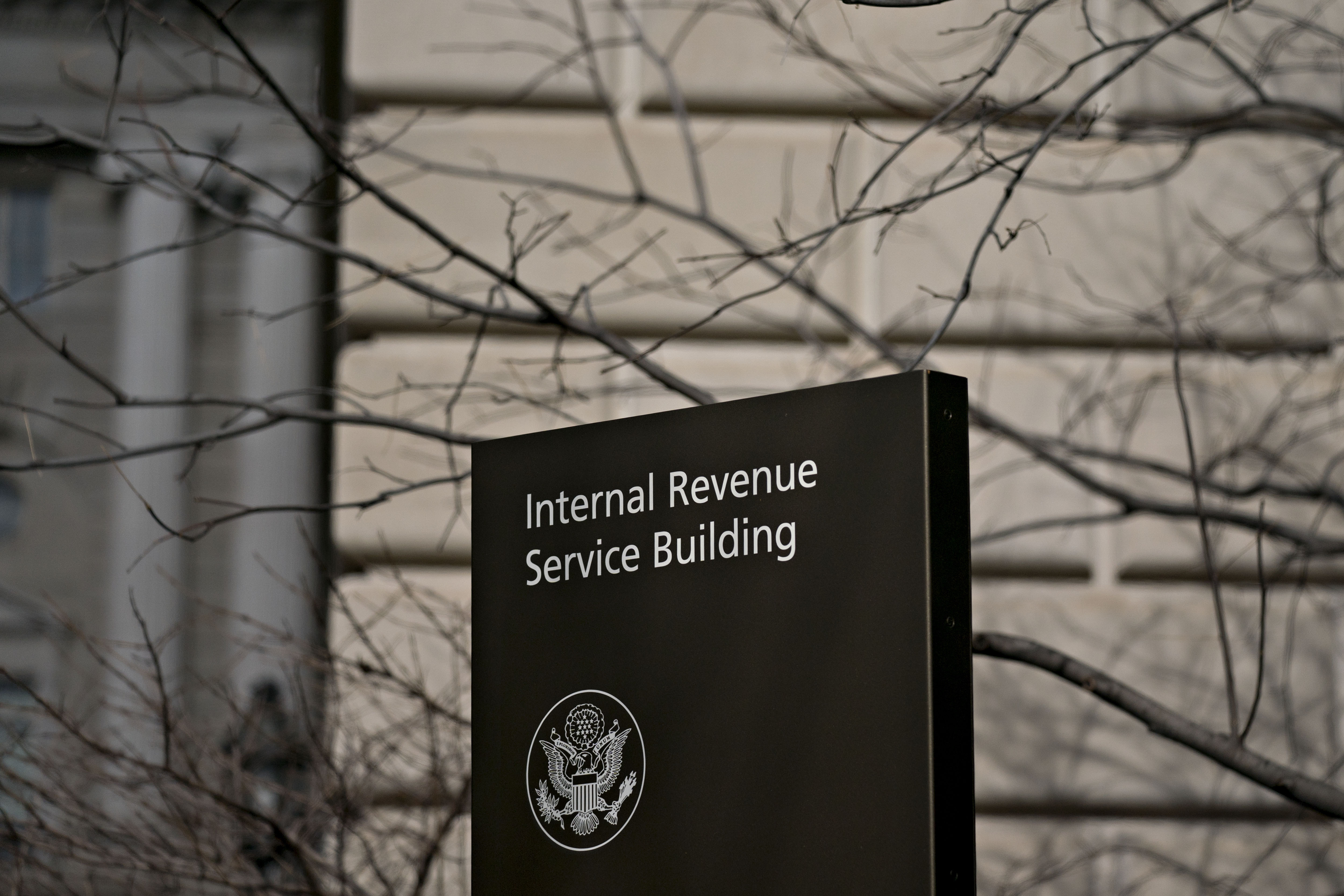The Internal Revenue Service issued its annual inflation adjustments Monday for tax year 2021, revising more than 60 tax provisions, including tax rate schedules, standard deduction amounts and more.
- The standard deduction for married couples filing jointly for tax year 2021 is increasing to $25,100, up $300 from the previous year. For single taxpayers and married individuals who file separately, the standard deduction is increasing to $12,550 for 2021, up $150, and for heads of households, the standard deduction will be $18,800 for tax year 2021, up $150.
- For tax year 2021, the top tax rate stays at 37 percent for individual single taxpayers with incomes greater than $523,600 ($628,300 for married couples filing jointly). The other rates are 35 percent, for incomes over $209,425 ($418,850 for married couples filing jointly); 32 percent for incomes over $164,925 ($329,850 for married couples filing jointly);24 percent for incomes over $86,375 ($172,750 for married couples filing jointly); 22 percent for incomes over $40,525 ($81,050 for married couples filing jointly); 12 percent for incomes over $9,950 ($19,900 for married couples filing jointly). The lowest rate is 10 percent for incomes of single individuals with incomes of $9,950 or less ($19,900 for married couples filing jointly).
- The personal exemption for tax year 2021 remains at 0, as it was for 2020. This elimination of the personal exemption was part of the Tax Cuts and Jobs Act.
- The Consolidated Appropriation Act for 2020 increased the amount of the minimum additional tax for failure to file a tax return within 60 days of the due date. Starting with tax returns due after Dec. 31, 2019, the new additional tax is $435, or 100 percent of the amount of tax due, whichever is less, an increase from $330. The $435 additional tax will be adjusted for inflation.
Other provisions in Revenue Procedure 2020-45 include:
- For 2021, as in 2020, 2019 and 2018, there is no limitation on itemized deductions because that limitation was eliminated by the Tax Cuts and Jobs Act.
- The Alternative Minimum Tax exemption amount for tax year 2021 is $73,600 and starts to phase out at $523,600 ($114,600 for married couples filing jointly for whom the exemption begins to phase out at $1,047,200). The 2020 exemption amount was $72,900 and began to phase out at $518,400 ($113,400 for married couples filing jointly for whom the exemption began to phase out at $1,036,800).
- The tax year 2021 maximum Earned Income Tax Credit amount is $6,728 for qualifying taxpayers who have three or more qualifying children, up from a total of $6,660 for tax year 2020. The revenue procedure includes a table providing maximum Earned Income Credit amount for other categories, income thresholds and phase-outs.
- For tax year 2021, the monthly limitation for the qualified transportation fringe benefit remains $270, as is the monthly limitation for qualified parking.
- For the taxable years beginning in 2021, the dollar limitation for employee salary reductions for contributions to health flexible spending arrangements remains $2,750. For cafeteria plans that permit the carryover of unused amounts, the maximum carryover amount is $550, an increase of $50 from taxable years beginning in 2020.
- For tax year 2021, participants who have self-only coverage in a Medical Savings Account, the plan should have an annual deductible no less than $2,400, up $50 from tax year 2020; but no more than $3,600, an increase of $50 from tax year 2020. For self-only coverage, the maximum out-of-pocket expense amount is $4,800, up $50 from 2020. For tax year 2021, participants with family coverage, the floor for the annual deductible is $4,800, up from $4,750 in 2020; however, the deductible cannot be more than $7,150, up $50 from the limit for tax year 2020. For family coverage, the out-of-pocket expense limit is $8,750 for tax year 2021, an increase of $100 from tax year 2020.
- For tax year 2021, the adjusted gross income amount used by joint filers to determine the reduction in the Lifetime Learning Credit is $119,000, up from $118,000 for tax year 2020.
- For tax year 2021, the foreign earned income exclusion is $108,700 up from $107,600 for tax year 2020.
- Estates of decedents who die during 2021 have a basic exclusion amount of $11,700,000, up from a total of $11,580,000 for estates of decedents who died in 2020.
- The annual exclusion for gifts is $15,000 for calendar year 2021, as it was for calendar year 2020.
- The maximum credit allowed for adoptions for tax year 2021 is the amount of qualified adoption expenses up to $14,440, up from $14,300 for 2020.
